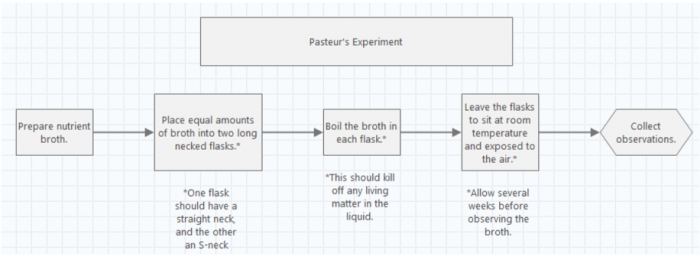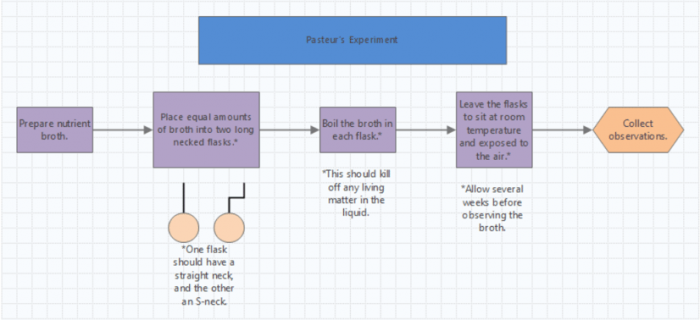Anyone who has taken even a high school science course knows that a thorough procedure and an organized lab are the most efficient way to ensure a successful experiment. However, as you move from elementary school labs to high school labs to college labs to real-life professional labs, things get much more complicated. Procedures become more complex, organization becomes more difficult, and experiments fail more often. Any researcher at any level knows that experimentation is hard—nine times out of ten, things don’t always turn out the way you want them to.
Why organization matters in labs of all sizes
While a researcher may not be able to fully control failure or success, the one thing that can always be controlled in a lab is organization. Written procedures often become a mess, and drawings or physical notes get lost. With Minitab Workspace, you can easily ensure optimal visual and written organization. Forms like Y Metrics can help with data collection, while the DOE Planning Worksheet is perfect for designing experiments and ensuring all variables are accounted for. To demonstrate, let’s take one of the most famous scientific experiments and use Minitab Workspace to create a detailed procedure.
In 1862, French scientist Louis Pasteur created an experiment that would be referenced in science textbooks for years to come. It was an experiment that disproved spontaneous generation, the idea that life forms could arise from non-living forms without being prompted, and it was also a perfect example of the scientific method and scientific procedure. Almost every high school student has learned about this experiment, which goes like this:
- Prepare a broth and pour an equal amount into two different long-necked jars. One jar should have a straight neck and the other should be bent into an S shape.
- Boil the broth in each jar to kill any living things in the liquid.
- Let the liquid in each jar sit at room temperature. Make sure the necks of both jars are open.
- After a few weeks, observe the broth in each jar. Is there a difference?
Super simple, right? In fact, it's a very easy experiment that a scientist of any age could perform.
But what if I told you it could be even easier? One of the best things a researcher can do to optimize results is to make sure their procedure is thorough and that they understand exactly what they’re testing and what each step means. That way, when something goes wrong, the potential error can be identified quickly and easily. With Minitab Workspace, procedural comprehension can be taken to the next level with visual flowcharts and diagrams at your fingertips.

Visualizing Success: Process Maps and More in Minitab Workspace
By creating a process map in Minitab Workspace, we can create this flowchart for Pasteur’s experiment that outlines the steps and minor notes that include important information in less than five minutes. This procedure is already becoming more engaging and easier to follow than the written procedure above. With a little more tweaking, we can further customize our chart with useful features:

In this second iteration, this Pasteur experiment flowchart is now color-coded and includes diagrams for additional visualization. Even with a relatively simple experiment that is fairly straightforward and short, there are all sorts of possibilities for creating an ideal flowchart in Minitab Workspace.
For larger experiments, additional forms like a Project Charter can provide a high-level overview of goals and objectives, while a task list ensures that all steps are tracked and assigned to the right people. These features make managing complex projects not only easier, but also more efficient.
As technology advances, labs are changing—and for the better. Lab procedures and organization need to keep up with the pace of technology. Minitab Workspace offers all sorts of useful and powerful features to expand the way you approach data collection, whether you’re a seventh-grader learning about Pasteur’s experiment or a doctor discovering a cure for pancreatic cancer. Consider Minitab Workspace along with other Minitab applications, such as Minitab Statistical Software, for your research needs.
Source: Minitab
Talk to Software.com.br and get to know better Minitab together with a specialist.














 5 min read
5 min read




